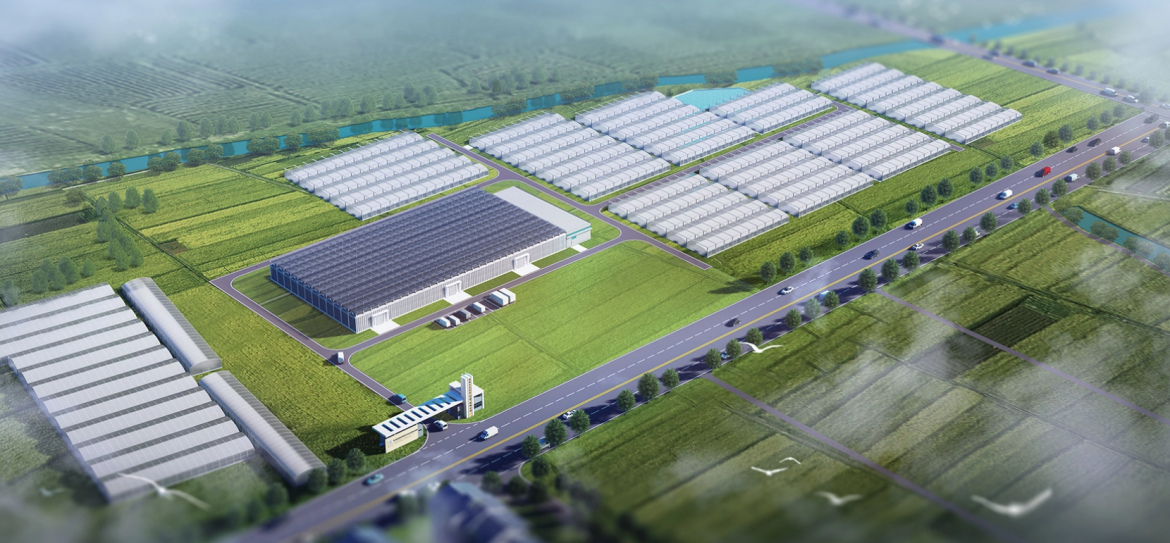Cities around the world are increasingly turning to sustainable food production methods to meet growing demand. One practical approach is urban farming, which combines technology, efficient use of space, and controlled environmental conditions to grow crops locally. Urban farming enables communities to reduce transportation costs, minimize carbon footprints, and provide fresh produce year-round. By utilizing indoor facilities and automated systems, urban farms can deliver steady yields while conserving water and reducing reliance on traditional farmland. This model has gained attention in Europe, North America, the Middle East, and Southeast Asia, where governments and local authorities encourage innovative agricultural practices through subsidies and regulatory support.
Technological Features of Contemporary Urban Farms
One example of urban farming technology is a modular plant factory system designed for flexibility and rapid deployment. These systems often include multi-layer vertical growing structures, LED lighting optimized for plant growth, and AI-driven environmental controls that regulate temperature, humidity, and nutrient delivery. Such technology allows urban farms to operate efficiently in limited indoor spaces without the need for extensive infrastructure. Furthermore, modular systems can be adapted to different scales, from small research facilities to large commercial production sites. They also allow operators to experiment with new crops, optimize growth cycles, and integrate data-driven decision-making to improve efficiency. This versatility makes urban farming technology appealing to experienced growers who are seeking sustainable and innovative cultivation methods.
Integration and Benefits
Integrated urban farm solutions combine advanced lighting, automated nutrient management, and vertical cultivation to maximize output and resource efficiency. For instance, scientific research and educational applications benefit from flexible indoor farm systems that support experimentation and rapid deployment. By using modular designs, operators can quickly establish controlled growing environments suitable for various crops and research objectives. The automation and monitoring capabilities provide precise control over growing conditions, ensuring high-quality plant development with reduced manual labor. Additionally, such systems can be tailored to align with specific regional climates and regulatory standards, making them viable in diverse international markets. Experienced operators can leverage these systems to maintain consistent production, reduce resource consumption, and support sustainable urban food systems.
Conclusion
Companies like 4D Bios are advancing urban agriculture by providing sophisticated, modular plant factory solutions that integrate LED lighting, vertical cultivation, and AI-based environmental controls. Their systems are designed for flexible deployment in multiple indoor spaces, making them suitable for research, education, and commercial production. By adopting such innovative urban farming technologies, experienced operators in markets across Europe, North America, the Middle East, and Asia can achieve efficient, sustainable, and scalable food production. With their comprehensive approach, 4D Bios continues to contribute to the development of urban agriculture and supports the broader goals of sustainable, technology-driven farming practices.
